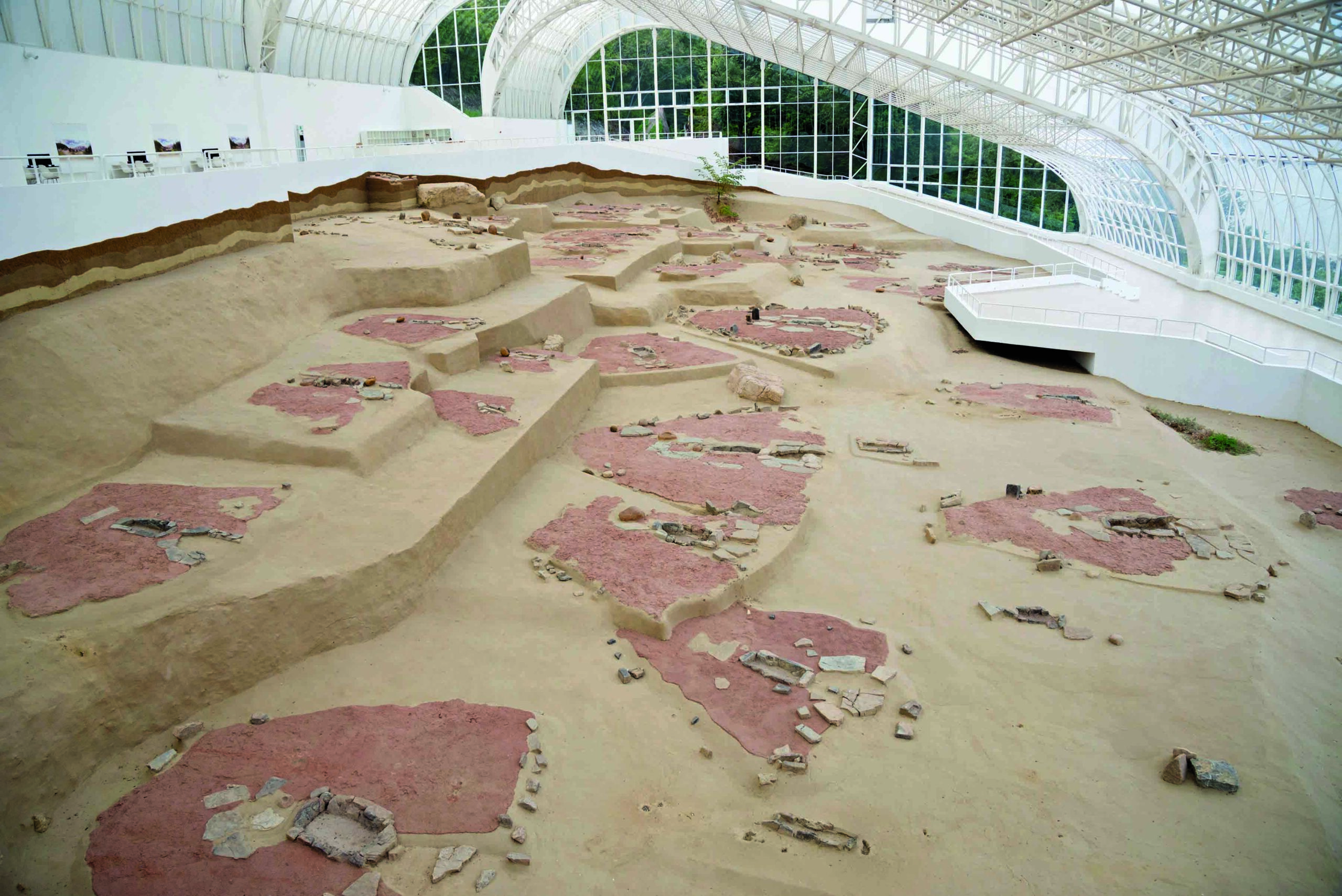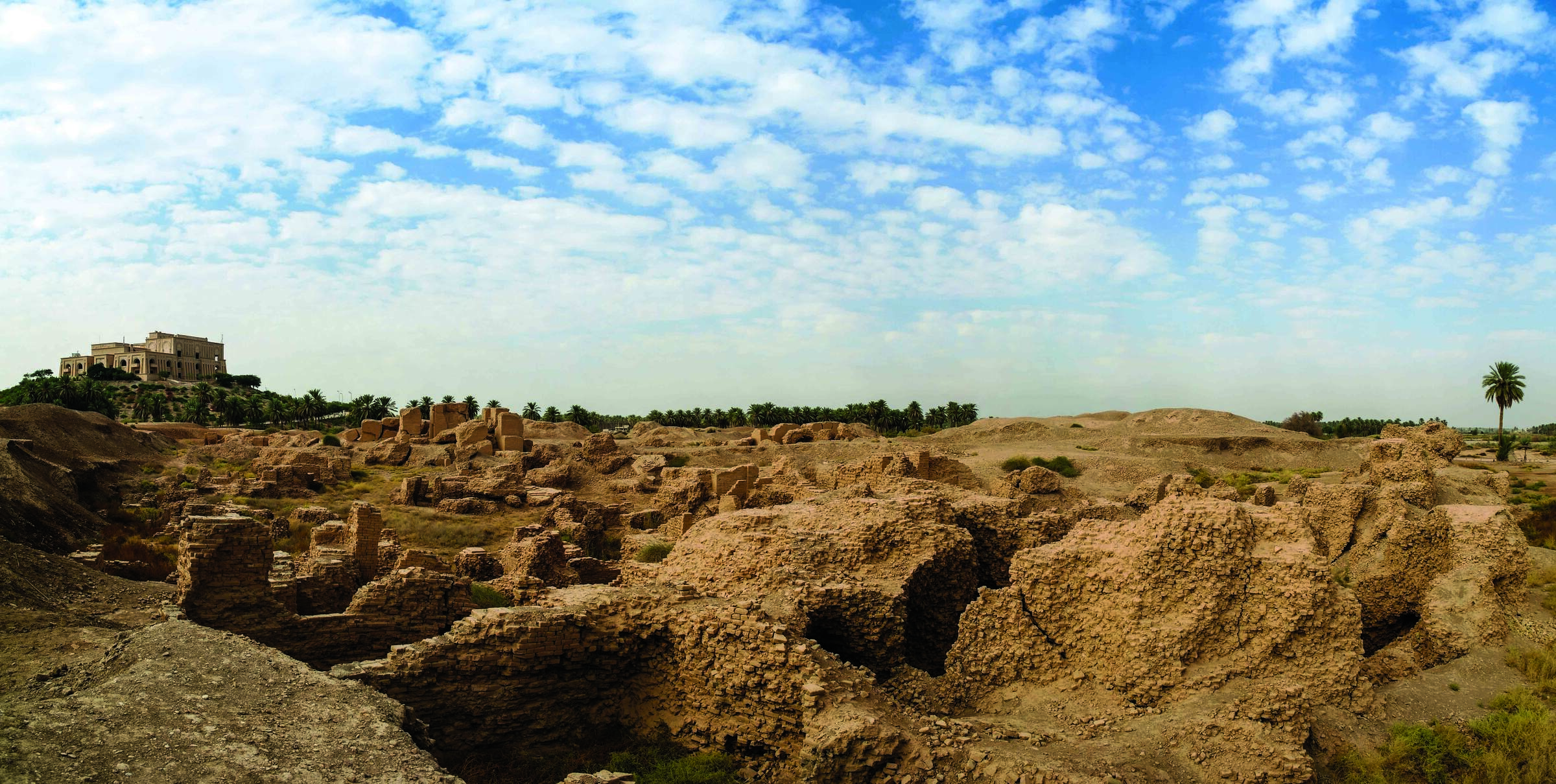ATLANTA, GEORGIA—According to a statement released by Emory University, John Lindo of Emory University and Gonzalo Figueiro of The University of the Republic in Montevideo, Uruguay, sequenced the genomes of two people who lived in what is now eastern Uruguay before the Indigenous people of the region came into contact with Europeans in the early sixteenth century. The first sample came from a man who lived about 800 years ago, and the second from a woman who lived about 1,500 years ago. Lindo explained that the study revealed a connection between the ancient Uruguayans and individuals who lived in Panama, the land bridge connecting North and South America, and to people in eastern Brazil, but not to modern Amazonians. Separate migrations to South America could account for these differences, Lindo explained. For more on migrations to the Americas, go to "America, in the Beginning."
Genomes of Ancient Uruguayans Mapped
News May 16, 2022
Recommended Articles
Digs & Discoveries November/December 2016
Coast over Corridor


Digs & Discoveries March/April 2023
Closely Knit

Digs & Discoveries January/February 2023
Farmers and Foragers

-
Features March/April 2022
The Last King of Babylon
Investigating the reign of Mesopotamia’s most eccentric ruler
 (iStock/HomoCosmicos)
(iStock/HomoCosmicos) -
Features March/April 2022
Paradise Lost
Archaeologists in Nova Scotia are uncovering evidence of thriving seventeenth-century French colonists and their brutal expulsion
 (© Jamie Robertson)
(© Jamie Robertson) -
Features March/April 2022
Exploring Notre Dame's Hidden Past
The devastating 2019 fire is providing an unprecedented look at the secrets of the great cathedral
 (Patrick Zachmann)
(Patrick Zachmann) -
Letter from Doggerland March/April 2022
Mapping a Vanished Landscape
Evidence of a lost Mesolithic world lies deep beneath the dark waters of the North Sea
 (M.J. Thomas)
(M.J. Thomas)


